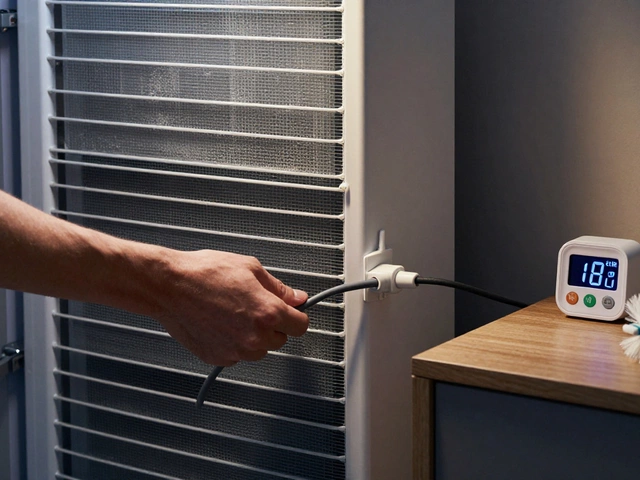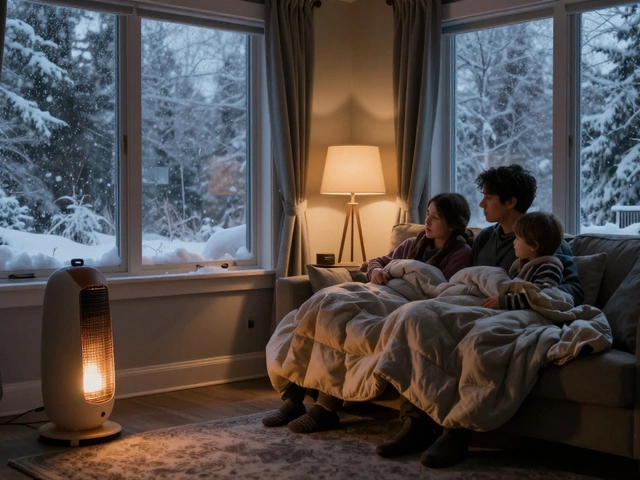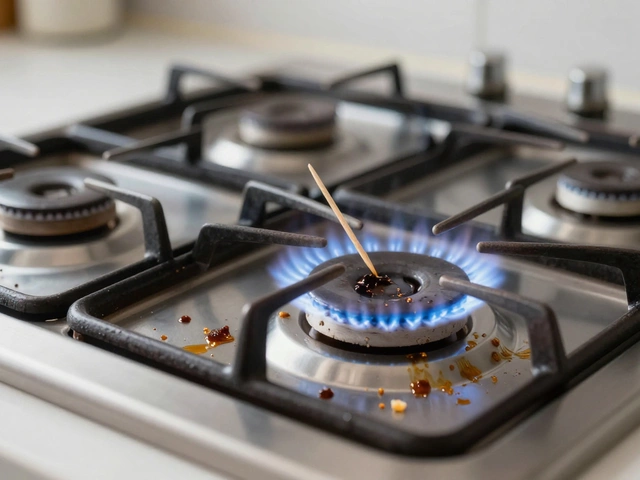Broken Hob? How to Diagnose, Fix, and When to Call a Pro
If your cooker’s hob isn’t heating, flickering, or making weird noises, you’re probably wondering what went wrong. A broken hob can ruin dinner plans and stress you out, but most issues are easy to spot and often fix without a big repair bill. Below we break down the tell‑tale signs, simple checks you can do yourself, and the moments you should pick up the phone for a qualified technician.
Spot the Symptoms Early
First, notice what’s actually happening. Is the whole hob dead, or just one burner? Do you hear a clicking sound when you turn the knob? Is there a faint gas smell or a spark that won’t stay lit? Write down exactly what you see – it helps you diagnose the problem and gives a repair pro a clear picture.
Common symptoms include:
- Burner won’t light or stays off.
- Electric hob has cold spots or only heats part of the surface.
- Flames turn yellow or sputter on a gas hob.
- Control knobs feel loose or don’t stay in place.
- Unusual buzzing, humming, or sizzling noises.
If any of these sound familiar, move on to the DIY checks.
Do‑It‑Yourself Checks
1. Power and safety switches – For electric hobs, make sure the plug is snug and the socket works. Test the outlet with another appliance or use a multimeter. Flip the circuit breaker or reset the RCD (residual current device) – a tripped breaker is a common cause of a dead hob.
2. Gas supply – With gas hobs, verify that the main gas valve is fully open. A loose connection or a partially closed valve can starve the burners of fuel. If you smell gas, turn off the supply immediately and vent the area; call a professional right away.
3. Igniter and spark electrode – Many gas hobs use an electric spark to ignite the flame. Look for a small white spark when you turn the knob. If there’s no spark, the igniter may be dirty or faulty. Clean any residue with a soft brush, but don’t force anything – a damaged igniter needs replacement.
4. Burners and seals – Remove the burner caps and clean them thoroughly. Grease or food buildup can block the flow of gas or heat. Inspect rubber seals for cracks; a broken seal will let gas escape and prevent proper ignition.
5. Control board – Modern hobs often have a touch‑control panel. If the panel is unresponsive or flickers, it could be a loose connection or a failed board. Gently press the edges to see if it resets; otherwise, it’s a job for a technician.
After each step, try the hob again. If it works, great – you saved a call-out. If not, it’s time to get help.
When you need a professional, choose someone who knows both gas and electric hobs. At Weymouth Appliance Repair Services we have certified technicians who can safely diagnose and fix any hob issue, from faulty igniters to complex control‑board failures. We offer quick response times, transparent pricing, and a guarantee on all workmanship.
Remember, safety comes first. Never attempt to repair gas lines or electrical components if you’re unsure – the risk of fire or injury isn’t worth the gamble. A quick phone call can prevent a small problem from becoming a costly emergency.
So next time your hob acts up, run through these checks, note the symptoms, and decide if it’s a DIY fix or a pro’s job. With the right approach you’ll be back to cooking in no time, and your kitchen will stay safe and functional.
Can Hobs Be Repaired? Your Guide to Fixing Common Hob Problems
- Alden Wilder
- Apr 24 2025
- 0 Comments
Not sure if your hob needs a full replacement or just a repair? This article breaks down what’s actually repairable on most hobs, from dead burners to odd noises and electric issues. Find out which fixes you can handle with a bit of DIY spirit and which call for a pro. Get quick tips to spot problems before they get worse. Don't toss that hob until you know your options.
View More




